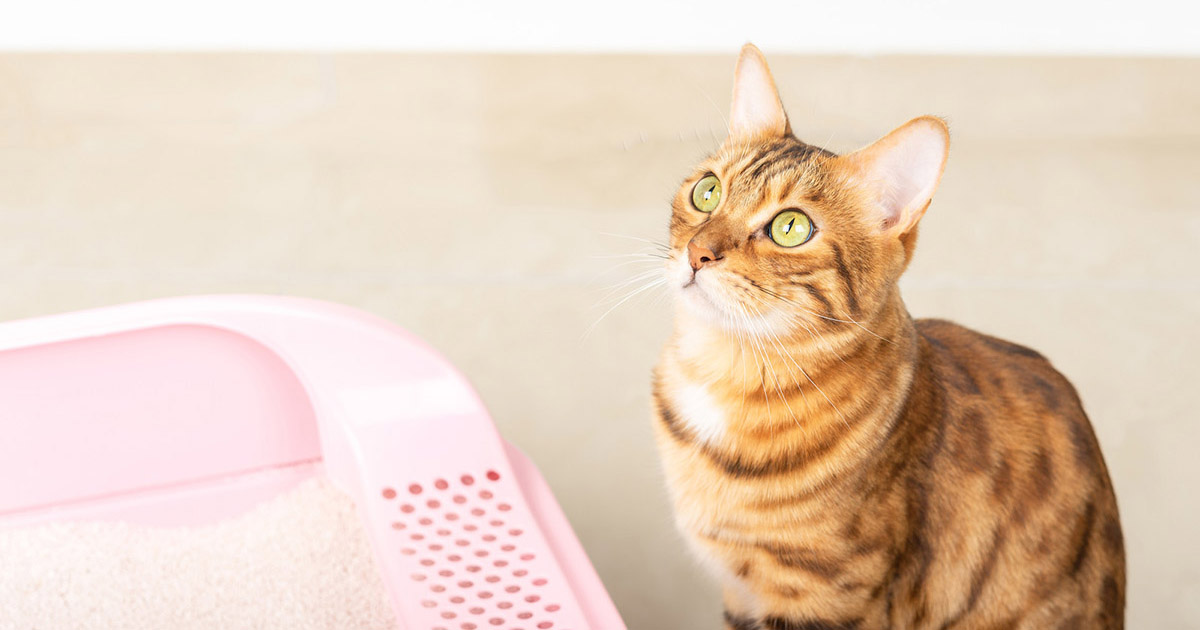Right here down the page yow will discover more superb answers when it comes to Don’t flush cat feces down the toilet.

Introduction
As pet cat owners, it's necessary to bear in mind exactly how we take care of our feline good friends' waste. While it might seem practical to flush pet cat poop down the bathroom, this method can have destructive consequences for both the setting and human wellness.
Environmental Impact
Purging pet cat poop presents harmful virus and bloodsuckers into the supply of water, posturing a significant risk to water ecosystems. These pollutants can negatively impact aquatic life and compromise water quality.
Health Risks
Along with ecological worries, flushing cat waste can additionally position wellness dangers to human beings. Cat feces may contain Toxoplasma gondii, a bloodsucker that can create toxoplasmosis-- a potentially severe disease, particularly for expecting ladies and people with damaged immune systems.
Alternatives to Flushing
The good news is, there are much safer and extra liable methods to throw away pet cat poop. Think about the following alternatives:
1. Scoop and Dispose in Trash
The most typical approach of taking care of pet cat poop is to scoop it into an eco-friendly bag and toss it in the trash. Be sure to use a dedicated clutter scoop and deal with the waste immediately.
2. Use Biodegradable Litter
Opt for eco-friendly pet cat litter made from products such as corn or wheat. These trashes are eco-friendly and can be securely gotten rid of in the trash.
3. Hide in the Yard
If you have a backyard, take into consideration burying cat waste in a designated location far from vegetable yards and water sources. Be sure to dig deep adequate to avoid contamination of groundwater.
4. Mount a Pet Waste Disposal System
Invest in a family pet garbage disposal system particularly designed for feline waste. These systems make use of enzymes to break down the waste, lowering smell and ecological effect.
Verdict
Accountable family pet ownership expands beyond offering food and shelter-- it likewise entails appropriate waste monitoring. By avoiding flushing feline poop down the toilet and selecting different disposal methods, we can reduce our ecological footprint and safeguard human health and wellness.
Why Can’t I Flush Cat Poop?
It Spreads a Parasite
Cats are frequently infected with a parasite called toxoplasma gondii. The parasite causes an infection called toxoplasmosis. It is usually harmless to cats. The parasite only uses cat poop as a host for its eggs. Otherwise, the cat’s immune system usually keeps the infection at low enough levels to maintain its own health. But it does not stop the develop of eggs. These eggs are tiny and surprisingly tough. They may survive for a year before they begin to grow. But that’s the problem.
Our wastewater system is not designed to deal with toxoplasmosis eggs. Instead, most eggs will flush from your toilet into sewers and wastewater management plants. After the sewage is treated for many other harmful things in it, it is typically released into local rivers, lakes, or oceans. Here, the toxoplasmosis eggs can find new hosts, including starfish, crabs, otters, and many other wildlife. For many, this is a significant risk to their health. Toxoplasmosis can also end up infecting water sources that are important for agriculture, which means our deer, pigs, and sheep can get infected too.
Is There Risk to Humans?
There can be a risk to human life from flushing cat poop down the toilet. If you do so, the parasites from your cat’s poop can end up in shellfish, game animals, or livestock. If this meat is then served raw or undercooked, the people who eat it can get sick.
In fact, according to the CDC, 40 million people in the United States are infected with toxoplasma gondii. They get it from exposure to infected seafood, or from some kind of cat poop contamination, like drinking from a stream that is contaminated or touching anything that has come into contact with cat poop. That includes just cleaning a cat litter box.
Most people who get infected with these parasites will not develop any symptoms. However, for pregnant women or for those with compromised immune systems, the parasite can cause severe health problems.
How to Handle Cat Poop
The best way to handle cat poop is actually to clean the box more often. The eggs that the parasite sheds will not become active until one to five days after the cat poops. That means that if you clean daily, you’re much less likely to come into direct contact with infectious eggs.
That said, always dispose of cat poop in the garbage and not down the toilet. Wash your hands before and after you clean the litter box, and bring the bag of poop right outside to your garbage bins.
https://trenchlesssolutionsusa.com/why-cant-i-flush-cat-poop/

I am just very focused on Can You Flush Cat Poo or Litter Down the Toilet? and I am praying you enjoyed my post. If you appreciated our blog posting if you please don't forget to pass it around. We recognize the value of reading our article about How to Dispose of Cat Poop and Litter Without Plastic Bags.
Get Your Estimate Now
Comments on “Why You Should Never Flush Cat Poop Down Your Toilet - Crucial Information”